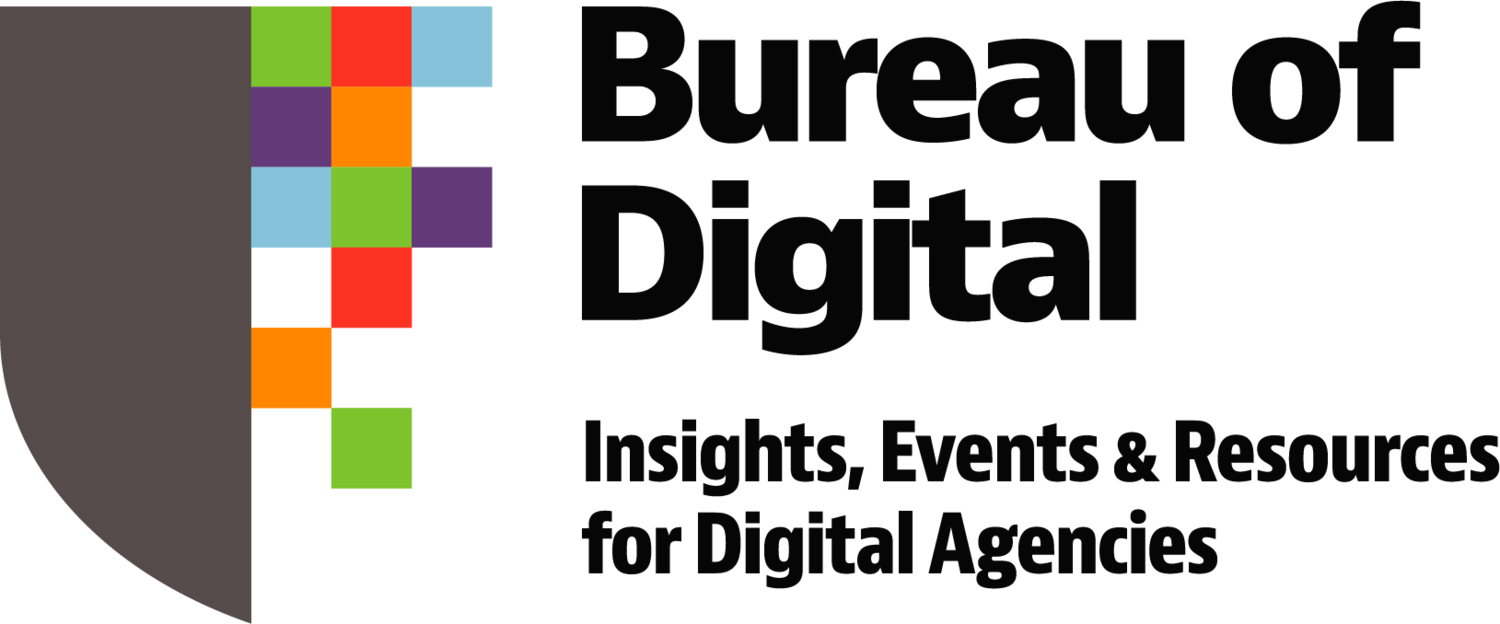There’s a growing hum in the industry right now. A kind of buzz that says: if you’re not automating, you’re falling behind. Proposals are being written in minutes, strategies are being stitched together from past performance, and creative is getting “optimized” before it’s even been reviewed. And while I’m all for saving time, there’s a line. And we’re getting real close to crossing it.
Because here’s the thing: quick doesn’t mean quality. And your clients can feel it. So can your team.
The Vending Machine Trap
We’ve entered an era where you can feed the machine a clever prompt and get something passable in return. Something clean. Efficient. SEO-ready. But also… devoid of soul.
And if that’s all your agency is offering: fast, templated output, you’re just another snack in the vending machine. Quick hit, no connection.
Clients don’t come to you just for deliverables. They come to you to feel seen. To have someone challenge their assumptions. To spot the thing they’re too close to notice. They come to you for discernment. For that moment when you say, “I hear what you’re asking for, but here’s what I think you really need.”
That’s not something AI can do. Not yet, anyway
AI is incredible. It can absolutely enhance your work. But it should never replace your perspective. So how do you get the benefits of optimization without becoming a robot wrapped in a brand guide?
Here are five ways:
Automate to open space, not just move faster.
Use AI to clear the clutter: first drafts, meeting notes, research summaries. But don’t just fill that time with more tasks. Use it to dig deeper, think harder, and show up more fully for your clients. Optimization should expand your brain, not compress it.Keep a “gut check” step in every workflow.
No matter how slick the automation, add a pause. A human moment. Ask: Does this feel right? Does this sound like us? AI can spot patterns, but it can’t sense tone shifts, client politics, or quiet subtext. You can. Build that back in.Make space for client context.
Don’t let the machine flatten nuance. A template proposal might save time, but if it doesn’t speak to the client’s actual goals, fears, and ambitions, it’s just noise. Use AI to draft. Use your brain to connect.Build a point of view, not just a process.
You don’t win trust by being the fastest responder. You win it by having a perspective. A belief system. A way of doing things that’s rooted in experience and care. Let AI make you sharper, but make sure you’re still the one steering.Protect your weird.
Every agency has something a little quirky, a little offbeat, that makes them magnetic. Don’t optimize that out. Don’t let everything sound like everyone else. If your work starts reading like AI content written for AI content detectors, you’ve gone too far.
Ultimately we all know AI is just a tool. How we use it to enhance rather than diminish ourselves is up to us. Choose wisely.
This is the moment to get clear on who you are and how you show up. Because AI’s only going to get better at pretending. And if you’re not anchored in something real like your voice, your empathy and your edge, then you’re going to get lost in the noise.
So stay weird! Stay thoughtful! Stay human! Clients need the real, unique and messy you to help them stand out.

